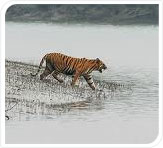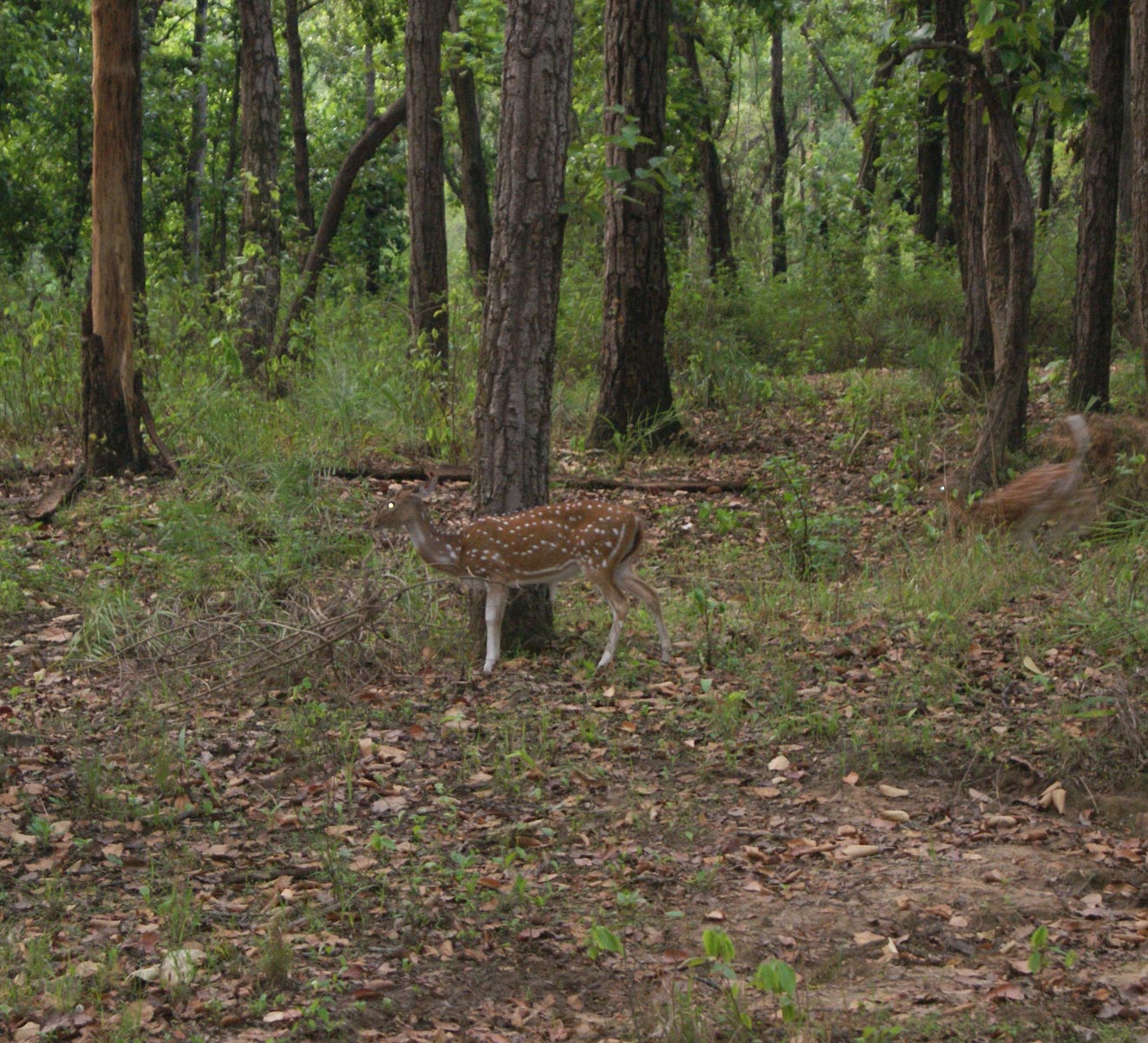 Kanha National Park has the alluring features to captivate many visitors round the corners out of which the varieties of wild lives make the whole environs more blissful. The tropical central highlands of this arena make a perfect habitat for the splendors of wild animals.
Kanha National Park has the alluring features to captivate many visitors round the corners out of which the varieties of wild lives make the whole environs more blissful. The tropical central highlands of this arena make a perfect habitat for the splendors of wild animals.
Although the list is subtly endless but the fact is that it is the wild species only that creates the whole aroma of the natural environment livelier. Kanha National Park is the host of the major animals (mammals) including the Barasingha or swamp deer ((Rucervus duvaucelii), Indian wild dog and the most famed the India Tiger. This park is mostly renowned as the “Tiger Reserve” due to the significant amount of population of tigers in the Kanha land. Apart from that the most famed Barasingha can be found in abundance in this reserve and thus this species can be suitable called as the “jewel of Kanha National Park”.
Barasingha- the jewel of Kanha
Traditionally known as Dolhorina which is similar to the English name (Swamp Deer), Barasingha is the most abundant species found in Kanha Reserve. This species is being recognized as the sub- Himalayan terai of North India, the hard ground Barasingha is an exclusive graminivorous deer species that totally depends on grasses and grasslands and shows a preference for aquatic plants. It is the most peaceful species in Kanha that easily interacts with Chital. They are often found to wade into water, frequently dipping its stifle to feed on water plants.
Hunting, poaching and diversion of the long grassland to agriculture in Central India has been the main causes of their depletion in counts and thus the reserve officials have taken some necessary steps so as to conserve their population.
Reintroduction of Barasingha
With the rewarding conservation efforts of the Kanha National Park, the officials of this reserve entirely focused on the preservation of the swamp deer who were the victims of poaching for their skin and beautiful horns. Their objectives of wild life conservation included the relocation of Gaur to Bandhavgarh and Barasingha to Satpura Tiger Reserve. With this effort at least 500 Barasingha were introduced in this national park to eight or nine different locations.
Additionally, another project for the conservation of the tigers was also introduced that captured about twenty tigers to relocate them to the Satpura Tiger Reserve.
After that many other initiatives in Wildlife Conservation have been taken that include:
- The enactment of the wildlife (Protection) Act, 1972 and, subsequently, the forest (Conservation) Act, 1980;
- The addition of wildlife conservation in the Concurrent List of the constitution;
- The enlargement of the network of national parks and sanctuaries;
- The launch of project tiger in 1973;
- The crocodile breeding project, 1975;
- Project Elephant, early 1991;
- Project Hangul, 1970;
- Manipur Brow – antlered Deer Conservation Project, 1973;
- Regulation of wildlife trade and commerce;
- Strengthening of education and training facilities, further motivated in the establishment of the wildlife Institute of India;
- Various efforts to increase general awareness about nature conservation
Checklist of Mammals in Kanha National Park
- Barasingha
- Barking Deer (Muntjak)
- Chital
- Gaur
- Hyena
- Jackal
- Jungle Cat
- Langur
- Leopard
- Sambar
- Indian Tree Shrew
- Sloth Bear
- Tiger
- Wild Boar
- Wild Dog
- Small Indian Civet
- Common Palm Civet
- Ruddy Mongoose
- Indian Wolf
- Common Mongoose
- Indian Fox
- Flying Squirrel
- Ratel
- Indian Porcupine
- Indian Hare
- Nilgai
- Chowsingha
- Indian Pangolin
- Indian Flying Fox
- Fulvous Fruit Bat
- Greater False Vampire
- Indian Pipistrelle



 Kanha National Park has the alluring features to captivate many visitors round the corners out of which the varieties of wild lives make the whole environs more blissful. The tropical central highlands of this arena make a perfect habitat for the splendors of wild animals.
Kanha National Park has the alluring features to captivate many visitors round the corners out of which the varieties of wild lives make the whole environs more blissful. The tropical central highlands of this arena make a perfect habitat for the splendors of wild animals. Share
Share Home
Home Packages
Packages Book Now
Book Now